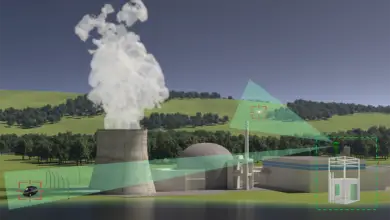A bipartisan group of US senators has asked Secretary of Defense Lloyd Austin to explain the reasons behind not sending the MQ-1C Gray Eagle drones to Ukraine.
The 16 lawmakers demanded the explanation in a letter following the Pentagon’s reported refusal to send the General Atomics platform for fear of technology theft.
The group urged the secretary to reconsider the decision, writing that the platform’s attributes could enhance the Ukrainian military’s capability as Russia’s deployed Iranian drones threaten to “stall Ukraine’s momentum.”
Necessary Firepower
“This system’s operational attributes — availability, lethality, survivability, and exportability — complement existing weapon systems [such as HIMARS} used by the Ukrainians and will increase the lethality of the Ukrainian military,” the legislators wrote.
The platform’s superior firepower, including four AGM-114 Hellfire air-to-ground missiles, and a range of around 400 kilometers (249 miles) and 29,000-foot (8,839 meters) service ceiling, could make the Russian rocket and artillery formations and their logistics hubs vulnerable, the letter added.
“Most importantly, armed [unmanned aerial systems] could find and attack Russian warships in the Black Sea, breaking its coercive blockade and alleviate dual pressures on the Ukrainian economy and global food prices.”
Long-Time Request
Moreover, Ukrainian soldiers could learn to operate the system in as little as 27 days, enabling quick deployment.
Ukraine’s Minister of Defense, Oleksii Reznikov, and the country’s ambassador to the US, Oksana Markarova, have repeatedly requested the UAS, the letter states.
Reason of Refusal
The White House reportedly agreed to sell four armed MQ-1Cs to Ukraine.
However, the Pentagon’s Defense Technology Security Administration (PDTSA) objected to the plan during a “deeper review,” Reuters wrote in June, adding that the final decision was pending at a higher Department of Defense office.
The PDTSA — mandated to keep “high-value technology safe from enemy hands”— had objected over the fear of the drone’s radar and surveillance equipment falling into the adversary’s hands, the outlet wrote. The concern had been overlooked at previous stages of the review.
Solutions Suggested
One of the solutions suggested at that time was to replace the drone’s $10 million radar and surveillance equipment with cheaper and less advanced alternatives.
The senators also suggested similar fixes for the concern, writing that “advanced US-specific sensors” could be swapped with those “vetted for transfer to allies and partners.”
The legislators have set November 30 as the deadline for Austin to respond.











